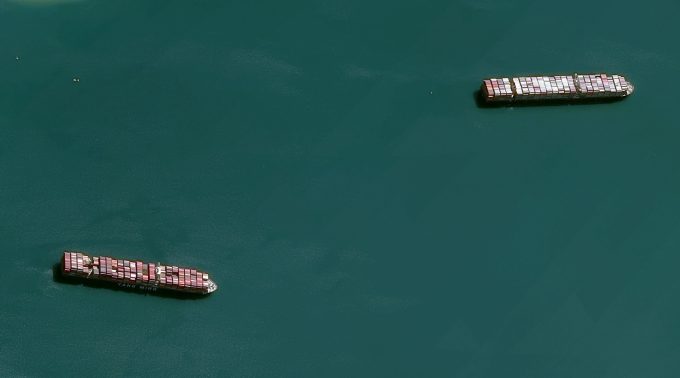New Houthi warning to shipping as rebel group targets specific companies
Containerships carrying goods for particular companies, including Boeing, have been listed as legitimate targets by ...

Carriers appear to have given up hope that the threat to vessels transiting the Red Sea will end any time soon, and are starting to re-route back northbound through the Suez Canal, to cross the Mediterranean and around the Cape of Good Hope, ...
Keep our news independent, by supporting The Loadstar
Red Sea crisis has driven most new capacity into extended Asia-Europe trades
Carrier price hikes hold, driving spot rates higher as space gets scarcer
Explosions and 'out-of-control' fire reported on Wan Hai box ship
Crew forced to abandon ship in latest fire on vessel carrying EVs
The Loadstar Podcast | Transport Logistic and Air Cargo Europe 2025
'Now or never' for Kuehne and DHL GF to hit back at DSV
Carriers on the hunt for open tonnage again as transpacific rates soar

Comment on this article